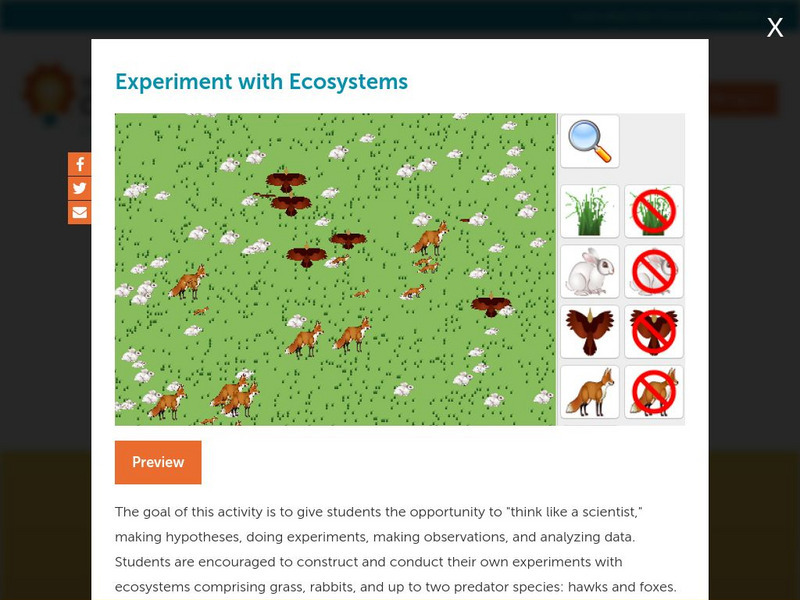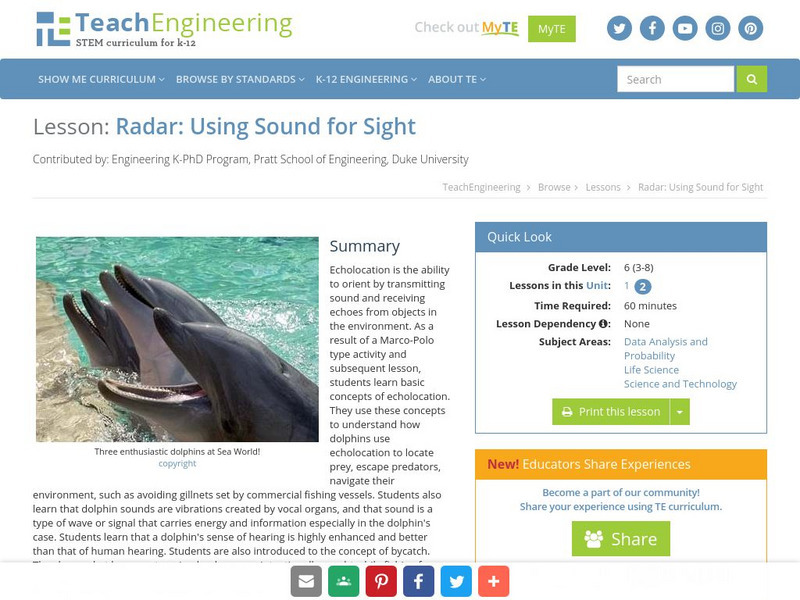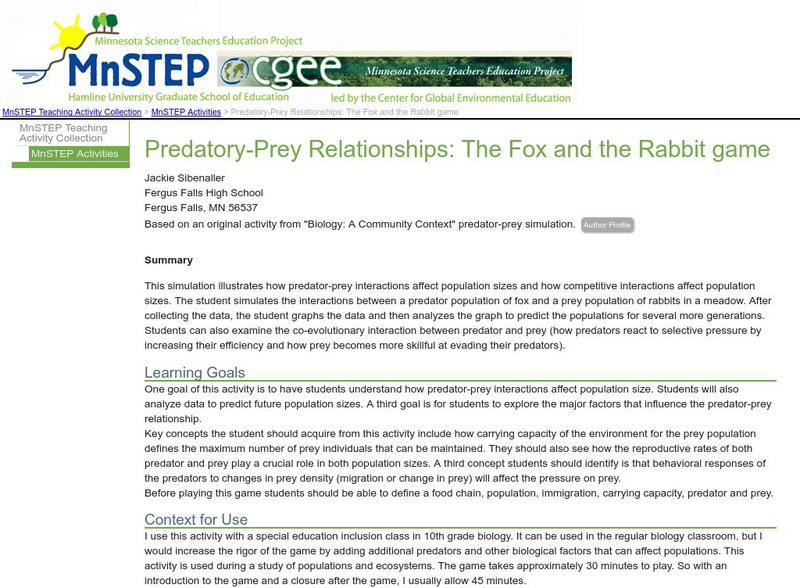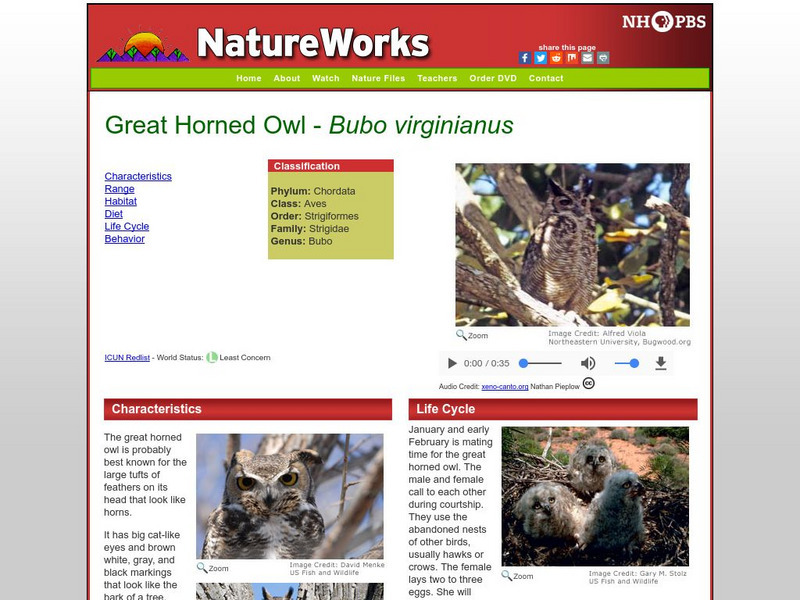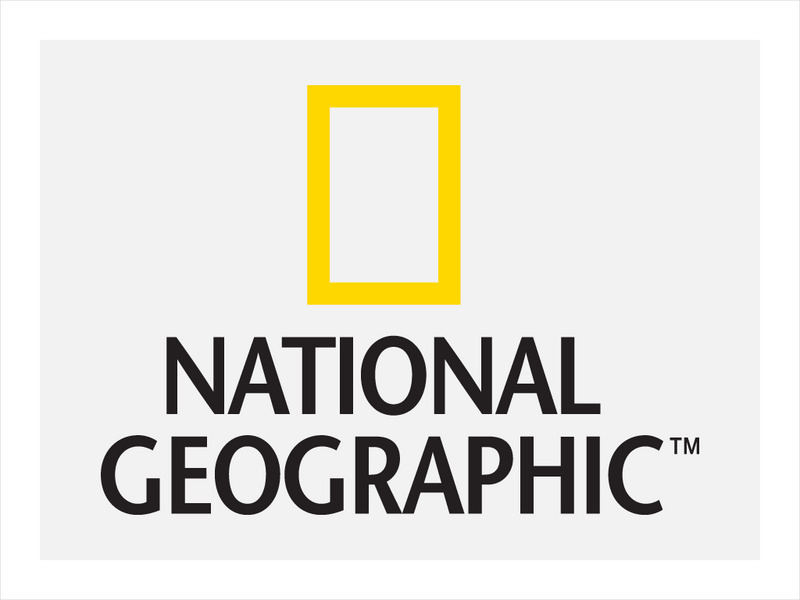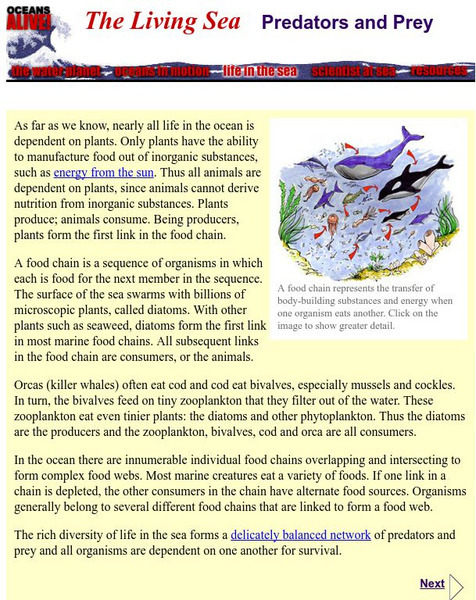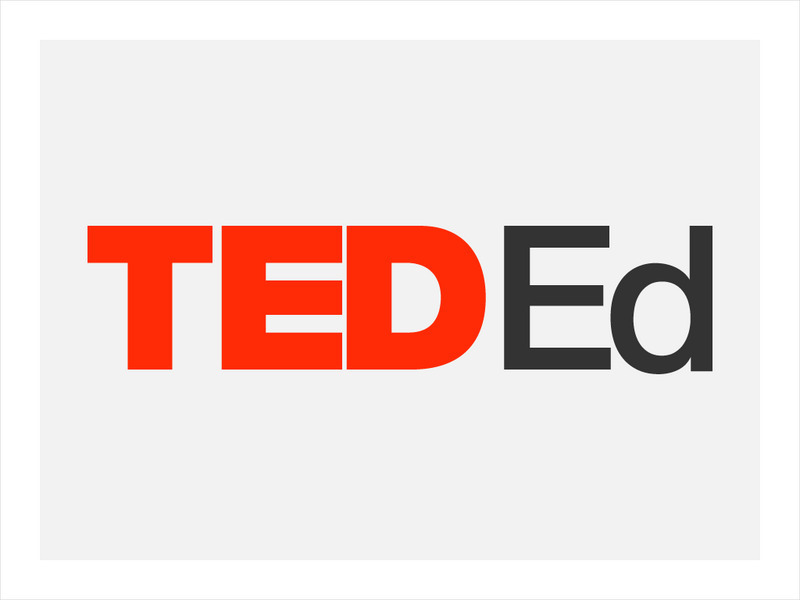Concord Consortium
Concord Consortium: Stem Resources: Experiment With Ecosystems
Learn what happens to different populations of organisms as their ecosystem changes. Design your own experiment and make your own guesses with what the result will be with this virtual ecosystem. Also experiment with producer/consumer...
Other
Buzzle.com: Animal Sake: 10 Examples of Predator Prey Relationships
Explains what a predator-prey relationship is and describes ten examples of this.
CK-12 Foundation
Ck 12: Biology: Predation
[Free Registration/Login may be required to access all resource tools.] Discusses how predation affects population size and evolution.
Soft Schools
Soft Schools: Birds of Prey: Looking at Raptors Quiz
Take this interactive, multiple-choice quiz over birds of prey, then review your score and any missed questions at the end.
TED Talks
Ted: Ted Ed: Can Animals Be Deceptive?
Eldridge Adams details the surprising complexity of how animals manipulate predators, prey and their rivals.
TeachEngineering
Teach Engineering: Sound for Sight
Echolocation is the ability to orient by transmitting sound and receiving echoes from objects in the environment. As a result of a Marco-Polo type activity and subsequent instructional activity, students learn basic concepts of...
Science Education Resource Center at Carleton College
Serc: Predatory Prey Relationships: The Fox and the Rabbit Game
This activity helps young scholars understand how predator-prey interactions affect population sizes and how competitive interactions affect population sizes. They will also explore the major factors that influence the predator-prey...
PBS
Pbs Teachers: Predator Protector Game Lesson
Describe the habitat, food web and ecosystem of shark species. Identify threats to sharks and explore how top predators help to maintain the balance of nature within ecosystems. This lesson plan also contains an interactive game.
PBS
Nh Pbs: Nature Works: The Great Horned Owl
Explore the world of the great horned owl through this clear and concise site. This resource features information on the characteristics, habitat, food, reproduction and more of the great horned owl.
Illustrative Mathematics
Illustrative Mathematics: 8.f Foxes and Rabbits
In this problem about the predator-prey relationship between the fox and rabbit populations, 8th graders are asked to identify and explain any functions that they see. Aligns with 8.F.A.1.
National Geographic
National Geographic: Marine Food Webs
For this lesson, students learn about marine food webs and pyramids, and how energy flows through a marine ecosystem. They then research a marine organism and its role in a marine food web. The class pools their information to create a...
Sea World Parks & Entertainment
Sea World: Raptors
Outlines the characteristics of birds of prey, including classification, habitat, behaviors, and conservation. Helps students identify with these birds by integrating a list of "Books for Young Readers." Information at a level of upper...
Other
Kidwings: Virtual Owl Pellet Dissection
A complete lesson on owl pellets. Students can read information, watch a tutorial, and use their computer mouse to complete a dissection simulation right there on the screen.
National Geographic
National Geographic: Coral Reef Food Web
Explore the food web in a coral reef with these illustration. Identify the consumers, producers, and decomposers that are located within this ecosystem. Site includes illustration exploring the different food chains as well as questions...
Annenberg Foundation
Annenberg Learner: The Habitable Planet: Ecology Lab
Create the parameters of your own ecosystem by choosing which producers and consumers live there. Visualize how the food web operates and species populations change. This simulator mimics the food web within a typical ecosystem and gives...
Museum of Science
Museum of Science: The Living Sea: Predators and Prey
This Museum of Science page does an excellent job of explaining the importance of plants as producers in the sea. The food chain or food web has to start with the plants.
Science Buddies
Science Buddies: Predators and Prey: How Do Cats Respond to Bird Sound
A science fair project that ask whether cats respond to familiar bird sounds more readily that bird sounds in general. The Science Buddies project ideas are set up consistently beginning with an abstract, objective, and introduction,...
PBS
Pbs Learning Media: Catch Me if You Can
Students are asked to explain the predator/prey relationship and how it helps to maintain the balance of the ecosystems.
Smithsonian Institution
Smithsonian National Zoo: Chambered Nautilus
As part of the Invertebrates exhibit at the National Zoo, this site highlights various facts and interesting information on Chambered Nautilus. Topics covered in the overview include Physical description, Life span, Predators,...
A-Z Animals
A Z Animals: Animal Facts: Snowy Owl (Bubo Scandiacus)
Provides photographs and a fact card about the snowy owl. Discusses where they are found, physical characteristics, range of travel, nesting behavior, reproduction, diet and feeding, and predators.
PBS
Pbs Teachers:denali: The Wolf and the Moose: Predator and Prey Relationships
Examine the predator/prey relationship between wolves and moose in Alaska's Denali National Park and discuss how the balance of nature works between these two animals.
TED Talks
Ted: Ted Ed: From the Top of the Food Chain Down: Rewilding Our World
Our planet was once populated by megafauna, big top-of-the-food-chain predators that played their part in balancing our ecosystems. When those megafauna disappear, the result is a "trophic cascade," where every part of the ecosystem...
Science Buddies
Science Buddies: M&m Survival Challenge
In the wild, there are two types of animals: the hunters and the hunted. A good predator is always on the prowl for fresh prey. What can an animal do to stay off of the menu? Find out how some animals use camouflage, and why sometimes it...
Ed Koday
Web Archive: Antlion
Have you ever heard of a "doodlebug"? Well, you're looking at one right up above! It is actually an insect called an antlion. The antlion gets its name because it is a voracious predator of ants and other insects. Actually, it's only the...
Other popular searches
- Predators and Prey
- Mollusks Prey and Predators
- Predators and Prey Reptiles
- African Predators and Prey
- Predators and Prey Africa
- Predators and Prey Oceans
